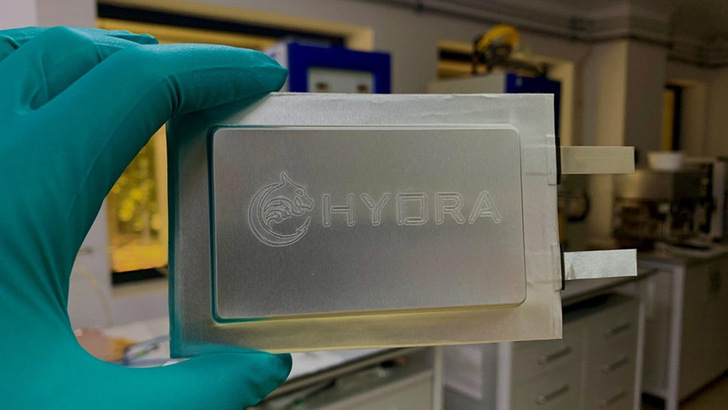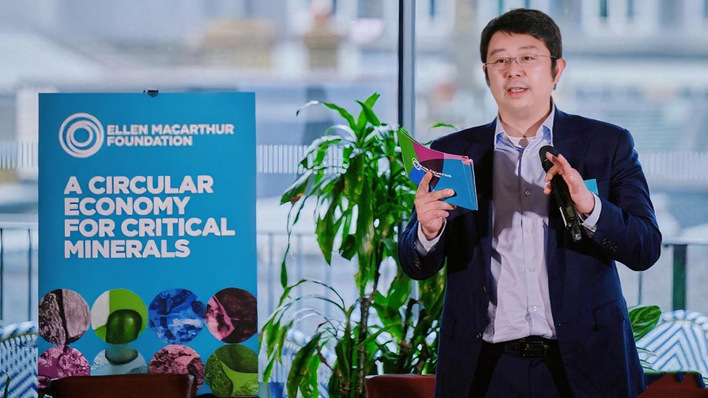Cobalt is not considered one of the rare raw materials used in batteries for electric vehicles - and for stationary electricity storage. But the deposits have not yet been thoroughly developed. Moreover, more than half of the known reserves are located in the crisis region of southern Congo, where the silver-grey metal is unearthed under adverse conditions. That is why scientists have been looking for a way to banish cobalt from batteries for some time.
Higher energy density possible
Scientists at the Institute of Thermodynamics at the German Aerospace Centre (DLR) in Stuttgart have developed suitable electrodes. As part of the Hydra project, they are working together with other international partners in Norway, Sweden, Great Britain, France, Italy and Romania on a new composition of lithium batteries without cobalt. A welcome side effect is that this also improves the energy density and output of the batteries.
Putting the battery through its paces
However, the DLR researchers are currently still testing the actual performance of the batteries and analysing the electrochemical processes that take place inside the batteries during charging and discharging. To do this, they repeatedly charge the batteries and then discharge them. In doing so, they take into account different operating conditions as they occur in everyday life. "We measure how the electrical output and storage capacity change after many hundreds of charging and discharging cycles, for example when there is a high power demand, during particularly fast charging processes, as well as at different temperatures," explains Dennis Kopljar, head of the research group at DLR involved in the Hydra project. "At the end, we open the battery cells and look at how the structure and composition of the materials have changed during operation."
Adapting to requirements
Based on these findings, the partners from the Norwegian research institute Sintef are summing up the chemical and physical processes in the batteries. This allows them to gradually adapt the electrode materials and cell design to different requirements. "This knowledge is particularly relevant for users," emphasises Dennis Kopljar from DLR. Because it enables the researchers to answer the question of how much energy and what output a battery system can deliver and how often it needs to be charged. They can also simulate what storage capacity the batteries will have after ten years in use. "With this information, designers can design battery systems and their operating modes to suit the application in question," says Kopljar, describing the purpose of the research effort. (su/mfo)
See also: Geyser Batteries with smaller carbon footprint than the industry average








